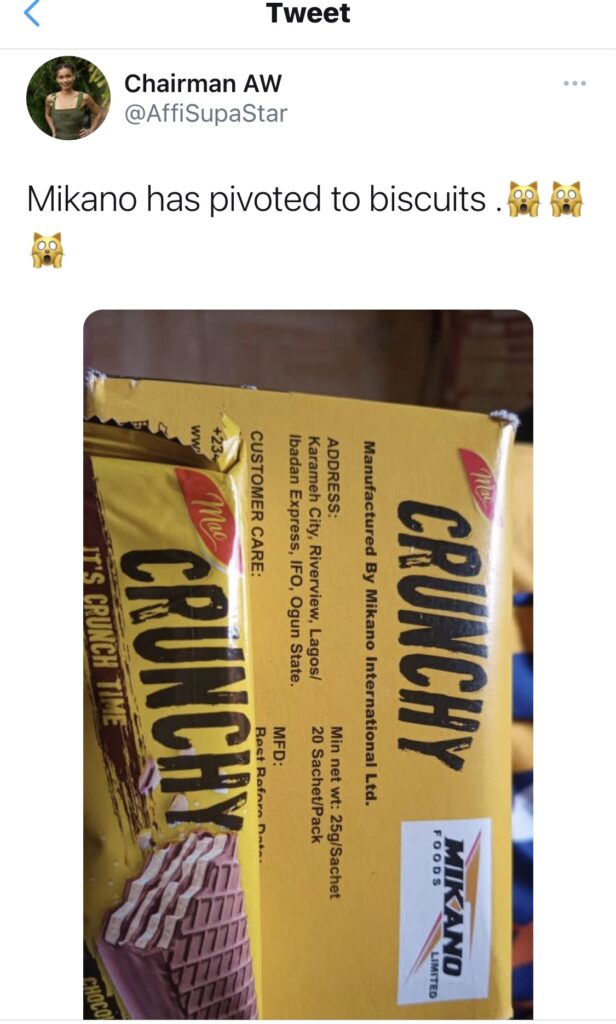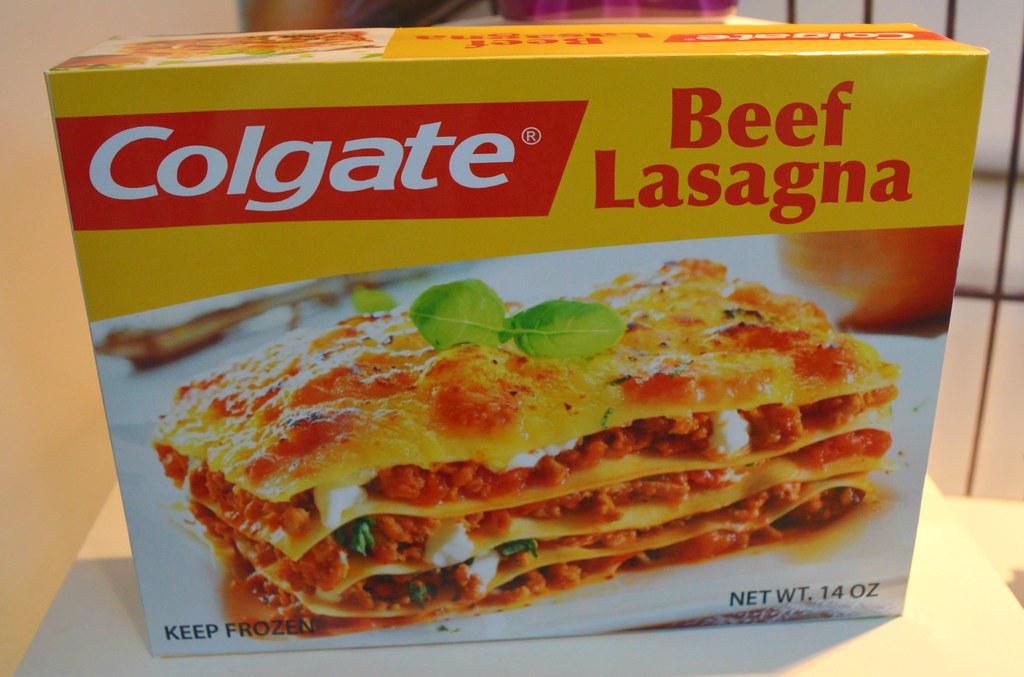I can’t help but think that some people– many people, take sadistic delight in overextending themselves. Far too many people exist in the intersection between humble bragging about how much they work and running on fumes stretching themselves for all they are worth. Piling on one responsibility after the other until even the things they do really well start to suffer.
Brands do this too.
Barron’s dictionary of business terms defines brand extensions as the addition of a new product to an already established line of products under the same name.
The incentive to do this, stems from the ideology that once a company has created a successful brand, they can and should extend it to other product categories. After-all, it is not only the product that makes a brand, but rather an association. For instance, IBM doesn’t simply make computers, they offer solutions and as such can exist in other related categories like software and networks. Similarly, Gillette’s brand essence is aiding the quest for a better way to remove hair so its moved smoothly from selling razors to shaving cream and skin care products for men.
There are other obvious reasons for brand extensions. When a company has saturated a market with one product, it has two options left for growth: it can either expand into a new market or launch a new product. If it goes the route of launching a new product vertical, there are economic reasons for using the same brand name. After all, retaining the brand name while extending results in immediate consumer recognition, less money spent on advertising (needed to create awareness) and increased visibility of the parent brand.
However, while brand extensions may increase sales in the short term, they can also devalue the identity of the brand in the long term and cause every product that falls under that brand name to suffer. It’s no surprise that many of the brands that boast successful extensions have moved into related categories. In the Nigerian context, Opera launching Opay leveraged their vast understanding of the mass market and their extensive insights into their online habits and shopping behaviour and has now built Opay into one of the flagship payment platforms in Nigeria. In the ad world, X3m ideas launching the X3m music record label meant that they could leverage corporate relationships alongside creative and design talent to optimize returns.
Where brand extensions begin to be problematic are when companies with no apparent understanding of what their brand is and having built their perception around one product category desire to then transfer it to unrelated products and increase sales on the back of that same brand name or more simply think that they can have their cake and eat it. As these three examples show so clearly:
- Harley Davidson perfume: Harley Davidson are best known for their rugged ‘manliest man’ motorcycles, and are one of those very rare brands that enjoy extreme brand loyalty, with Harley Owners famously tattooing the brand name to their bodies. In 2009, the company attempted to capitalize on this brand strength to sell a wide variety of merchandise– sort of ‘Disneyfying’ the brand. But the real problem occurred when Harley Davidson extended its brand to a range of perfumes. This turned out to be one extension too many, one that went against the company’s hyper masculine and super rugged persona that it was built around in the first place.

- Mikano: Mikano generators extending their brand into Foods and making biscuits made waves on social media days ago. My guess here is that the mother brand had warehouses, manufacturing plants and saw the opportunity to exploit existing distribution capabilities to launch a food division. The problem with this is that when you think about Mikano the brand, you can’t help thinking about oil and fumes and that’s not the type of association you want with a food brand. Realistically, Mikano the generator brand is very well entrenched in the Nigerian space and the mother brand might not take too big a hit. The real tragedy however, is that they have not bothered to promote this extension properly. There’s a “power your hustle” angle that could unify the extensions that’s just hanging in the balance and even “negative” brand PR (especially given the low price point of these biscuits) might lead to tons of “let me just try this” purchases.
- Colgate beef lasagna: There are those brand extensions which are so bad, they almost defy belief. In the 1980’s, Colgate released a range of prepared frozen meals.While both toothpaste and food go into your mouth, this connection although apparently good enough for Colgate to take a stab at the culinary industry, turned out to not be good enough for consumers as Colgate was too associated with minty oral hygiene to make its branded beef lasagne in any way appetising. This extension was dead on arrival.
Lessons for marketers
Every time you try something new, there is a huge risk of failure. Brand extensions are a tricky business and some would argue that you have a better chance of making money by gambling, where the odds in your favor can sometimes be up to 50%. On the other hand, an estimated 70% of brand extensions fail. One good thing to remember is that more is less and adding more doesn’t always help growth – it can actually weaken it. The more you add, the more you risk undermining your basic differentiating idea, which is the essence of your brand. Ultimately, you should focus your brand extension efforts in areas where you have the best long-term ability to win.




Colgate lasagna, unno.
“We vow to repair your gums after we ruin them”
? that’s a minty fresh tagline!
Gillette as you mentioned is known for razors/shaving products and skin care products for men, but underwear! They almost missed it there!
This is true! Although the counter-argument here could be that better underwear made from specific fabrics that are breathable and absorbent help make for healthier skin and better grounds for hair grooming.
What about brand extension successes? How’d they get it right?
Hey Raymond, I talk about this in paragraph 4 ?
This is a brilliant one, Terver! I enjoyed the article and it is interesting to learn that over 70% of brand extensions fail. I guess the rule for a successful brand extension is to ensure that the extension is so related to the mother business that it would hardly be seen as an extension in the real sense of the word. E.g. Most Apple fans tend to use more than one Apple product because the products have a way of working together to the extent that we don’t see the different products as extensions.
This is a brilliant article. I’m glad I found your blog. Please, can you write an article on recent brand crisis situations and how they handled it.